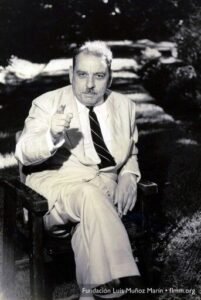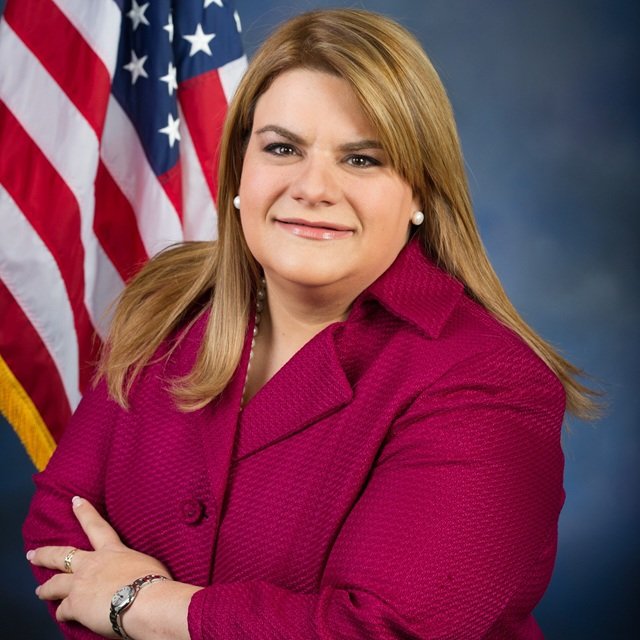Puerto Rico’s story spans over five centuries of cultural evolution, colonization, resistance, and transformation. This timeline highlights the major historical milestones that have shaped the island, from its encounter with Christopher Columbus to its current political status and societal developments.
1493 – Columbus Arrives

Christopher Columbus first set foot on Puerto Rico during his second voyage to the Americas on November 19, 1493. He named the island San Juan Bautista in honor of Saint John the Baptist. At that time, it was inhabited by the Taíno people, who called it Borikén—a name still revered today.
1508 – Spanish Colonization Begins
Juan Ponce de León established the first Spanish settlement, Caparra, near modern-day San Juan in 1508. The island was soon fully colonized, and the Spanish crown exploited its resources and forced the Taíno population into labor, which, combined with disease, led to the near extinction of the indigenous people.
1511 – Taíno Revolt
Led by the cacique Agüeybaná II, the Taíno people revolted against Spanish rule. Though the uprising was ultimately suppressed, it symbolized the first act of resistance on the island and marked the beginning of Puerto Rico’s long history of colonial struggle.
1898 – Spanish-American War and U.S. Annexation
After over 400 years under Spanish rule, Puerto Rico was ceded to the United States following Spain’s defeat in the Spanish-American War. The Treaty of Paris officially transferred the island to U.S. control in December 1898, marking the beginning of American governance.
1917 – U.S. Citizenship Granted
The Jones-Shafroth Act granted U.S. citizenship to Puerto Ricans in 1917. It also established a local legislature and led to many Puerto Ricans serving in the U.S. military during World War I.
1952 – Establishment of the Commonwealth

Puerto Rico adopted its own constitution in 1952 and became a U.S. Commonwealth. This new status allowed for greater self-governance while maintaining U.S. sovereignty. Luis Muñoz Marín became the first democratically elected governor.
1960s–70s – Industrialization and Migration
Operation Bootstrap spurred industrial growth and economic change, shifting the economy from agriculture to manufacturing. It also triggered large-scale migration to the U.S., especially to cities like New York.
1990s – Political Status Debates Intensify
Debates over Puerto Rico’s status—statehood, independence, or enhanced commonwealth—intensified in the 1990s. Multiple plebiscites were held, but none resulted in a decisive path forward.
2017 – Hurricane Maria and Its Aftermath
Hurricane Maria devastated the island in 2017, causing thousands of deaths and billions in damage. The slow federal response triggered outrage and highlighted deep systemic issues in Puerto Rico’s infrastructure and governance.
2019 – Political Crisis and Governor’s Resignation
Massive protests in 2019, triggered by a leaked scandal involving government officials, forced Governor Ricardo Rosselló to resign. It was a landmark moment for civic activism and political accountability on the island.
2020–Present – Economic Challenges and Political Shifts
Puerto Rico continues to face a debt crisis, population decline, and status debates. In the 2020 referendum, a slim majority voted for statehood, but the U.S. Congress has yet to act. Despite challenges, the island is showing resilience through cultural pride, innovation, and community strength.
Conclusion
Puerto Rico’s history is one of endurance, transformation, and resilience. From its pre-Columbian roots through centuries of colonialism and into modern times, the island has continually redefined itself while grappling with identity, governance, and self-determination. Its story continues to unfold, carried forward by the strength and spirit of its people.



